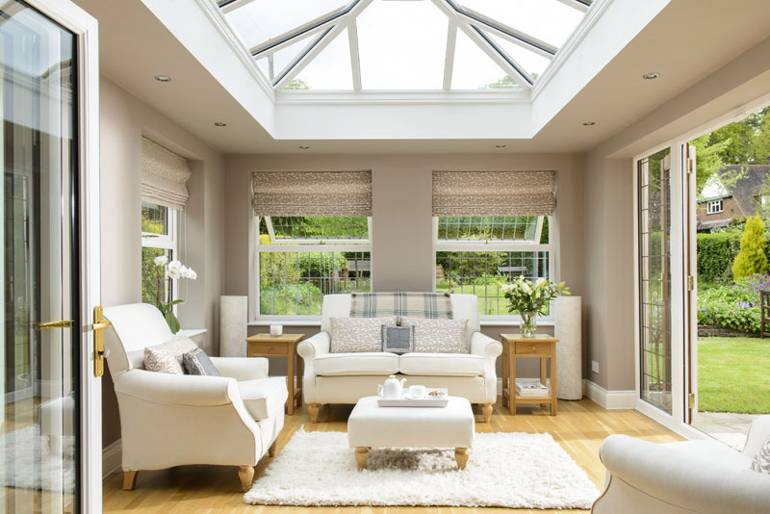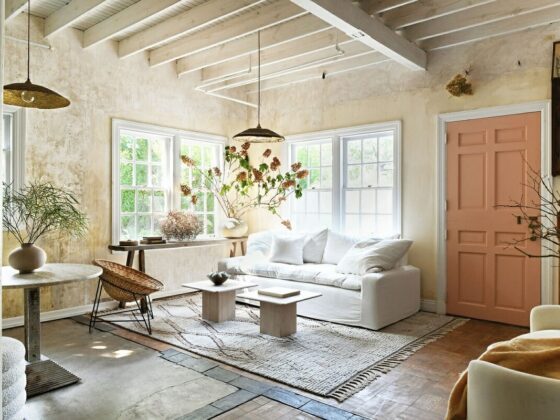A conservatory can be a delightful addition to your home, offering a bright, airy space for relaxation and entertainment. Yet, deciding to add one involves more than just appreciating its aesthetic appeal. It’s a decision that intertwines practicality with pleasure, often requiring careful consideration of various factors.
1. Understanding Planning Permissions and Regulations

Before you dive into the design and decoration of your new conservatory, it’s crucial to navigate planning permissions and building regulations. In the UK, certain conservatory constructions require approval under building regulations, while others fall under permitted development rights. It’s essential to consult with your local planning authority to ensure your conservatory project doesn’t hit any legal snags.
Remember, the rules can vary based on your location and the type of property you own. For instance, if you reside in a listed building or a conservation area, there might be additional restrictions.
2. Choosing the Right Materials and Design
Selecting the right materials and design for your conservatory is not just about aesthetics; it’s about longevity and comfort as well. Popular materials include PVCU, aluminium, and timber, each offering distinct advantages. PVCU, for instance, is known for its durability and low maintenance.
The design should harmonise with your home’s existing architecture. Whether it’s a Victorian, Edwardian, lean-to, or a bespoke design, the style you choose should complement your house and fit seamlessly with its surroundings. Also, consider the orientation of the conservatory. A south-facing conservatory gets more sunlight, while a north-facing one might require additional heating.
3. Energy Efficiency and Glazing Options

Energy efficiency is paramount when adding a conservatory. High-quality glazing is a key factor in ensuring your conservatory is comfortable year-round. Double or triple glazing can help maintain temperature, reduce energy bills, and minimise external noise.
When considering glazing, it’s worth noting that VEKA plc are the UK’s leading PVCU supplier. Their products are renowned for energy efficiency, durability, and providing great aesthetic appeal. Selecting a reputable supplier for materials can make a significant difference in the overall performance and enjoyment of your conservatory.
4. Interior Design and Furnishing
Once the structure of your conservatory is in place, the exciting part of interior design begins. This space should be a reflection of your personal style while being functional. Lightweight and weather-resistant furniture is ideal, allowing you to create a comfortable environment that bridges the gap between indoors and outdoors.
Consider the use of blinds or shades to control light and privacy. Adding plants can enhance the natural feel of the space, creating a serene garden room. The right combination of furniture, colours, and decor can transform your conservatory into a favourite spot in your home.
5. Budgeting and Long-Term Maintenance

Budgeting accurately for your conservatory is essential. It’s not just the initial building costs; consider the long-term maintenance as well. Regular cleaning, occasional repairs, and maintenance of heating or cooling systems should be factored into your budget.
Be realistic about what you can afford and remember that investing in quality materials and skilled labour might have a higher upfront cost but can save money in the long run. A well-built conservatory with minimal maintenance requirements can be a cost-effective addition to your home.
Summing Up
Adding a conservatory to your home can be an enriching experience, enhancing your living space and potentially increasing your property’s value. By carefully considering planning permissions, materials, energy efficiency, interior design, and budgeting, you can create a space that is both beautiful and functional.


